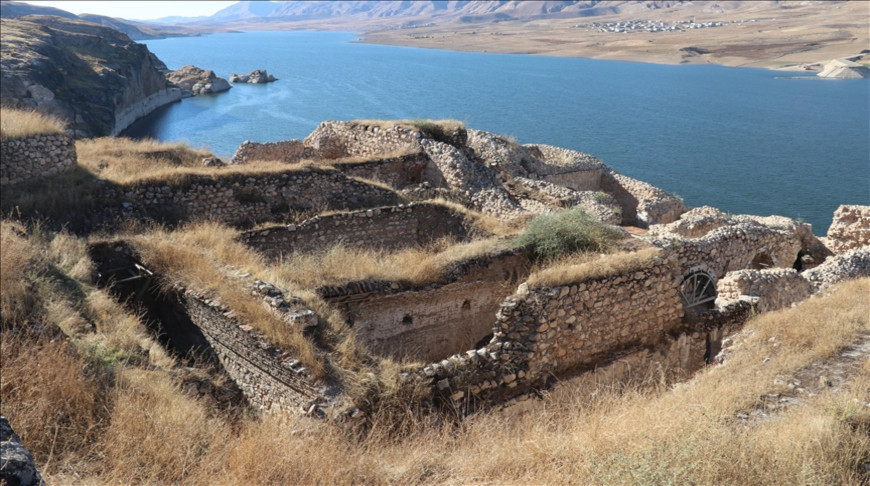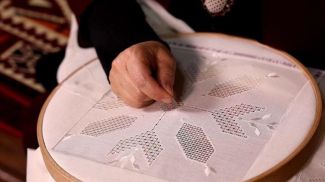
BATMAN, 10 October (BelTA - Anadolu) - Archaeologists have uncovered the
remains of a 1,600-year-old Roman military structure during excavations
in the ancient town of Hasankeyf, southeastern Türkiye, shedding new
light on the region's ancient history.
The discovery was made at Hasankeyf, one of humanity's oldest settlement sites, during an ongoing archaeological work led by Zekai Erdal, an art historian from Artuklu University in Mardin province.
Excavations, which began in 1984, have previously revealed cultural artifacts from various periods, including ancient Mesopotamian civilization Assyrian, the Byzantine Empire, Ottoman Empire, and Republican eras.
This year's finding is particularly significant as it confirms historical records mentioning a late Roman military structure in Hasankeyf, which had not been physically located until now.
"Historical sources mentioned a late Roman military structure and fortress in Hasankeyf, but no trace had been found in previous research," Erdal told Anadolu. "We've unearthed the remains of a structure dating to the fourth century, believed to have been built during the reign of (Roman emperor) Constantine II."
He said the team identified the structure through comparisons of stone sizes and construction techniques with other large palaces and buildings from the same period, in consultation with experts on Roman architecture.
Constantine II, the son of the first Christian emperor, was an Eastern Roman Emperor who ruled in the fourth century, making the newly discovered structure approximately 1,600 years old.
Hasankeyf, which sits on the banks of the Tigris River, was declared a conservation area in 1981. It is also home to a Byzantine fortress as well as nearly 6,000 caves that surround the town and contain the remnants of Christian and Muslim worshipers.
The discovery was made at Hasankeyf, one of humanity's oldest settlement sites, during an ongoing archaeological work led by Zekai Erdal, an art historian from Artuklu University in Mardin province.
Excavations, which began in 1984, have previously revealed cultural artifacts from various periods, including ancient Mesopotamian civilization Assyrian, the Byzantine Empire, Ottoman Empire, and Republican eras.
This year's finding is particularly significant as it confirms historical records mentioning a late Roman military structure in Hasankeyf, which had not been physically located until now.
"Historical sources mentioned a late Roman military structure and fortress in Hasankeyf, but no trace had been found in previous research," Erdal told Anadolu. "We've unearthed the remains of a structure dating to the fourth century, believed to have been built during the reign of (Roman emperor) Constantine II."
He said the team identified the structure through comparisons of stone sizes and construction techniques with other large palaces and buildings from the same period, in consultation with experts on Roman architecture.
Constantine II, the son of the first Christian emperor, was an Eastern Roman Emperor who ruled in the fourth century, making the newly discovered structure approximately 1,600 years old.
Hasankeyf, which sits on the banks of the Tigris River, was declared a conservation area in 1981. It is also home to a Byzantine fortress as well as nearly 6,000 caves that surround the town and contain the remnants of Christian and Muslim worshipers.













